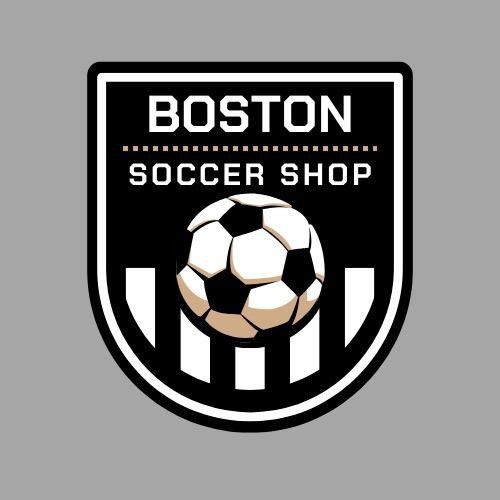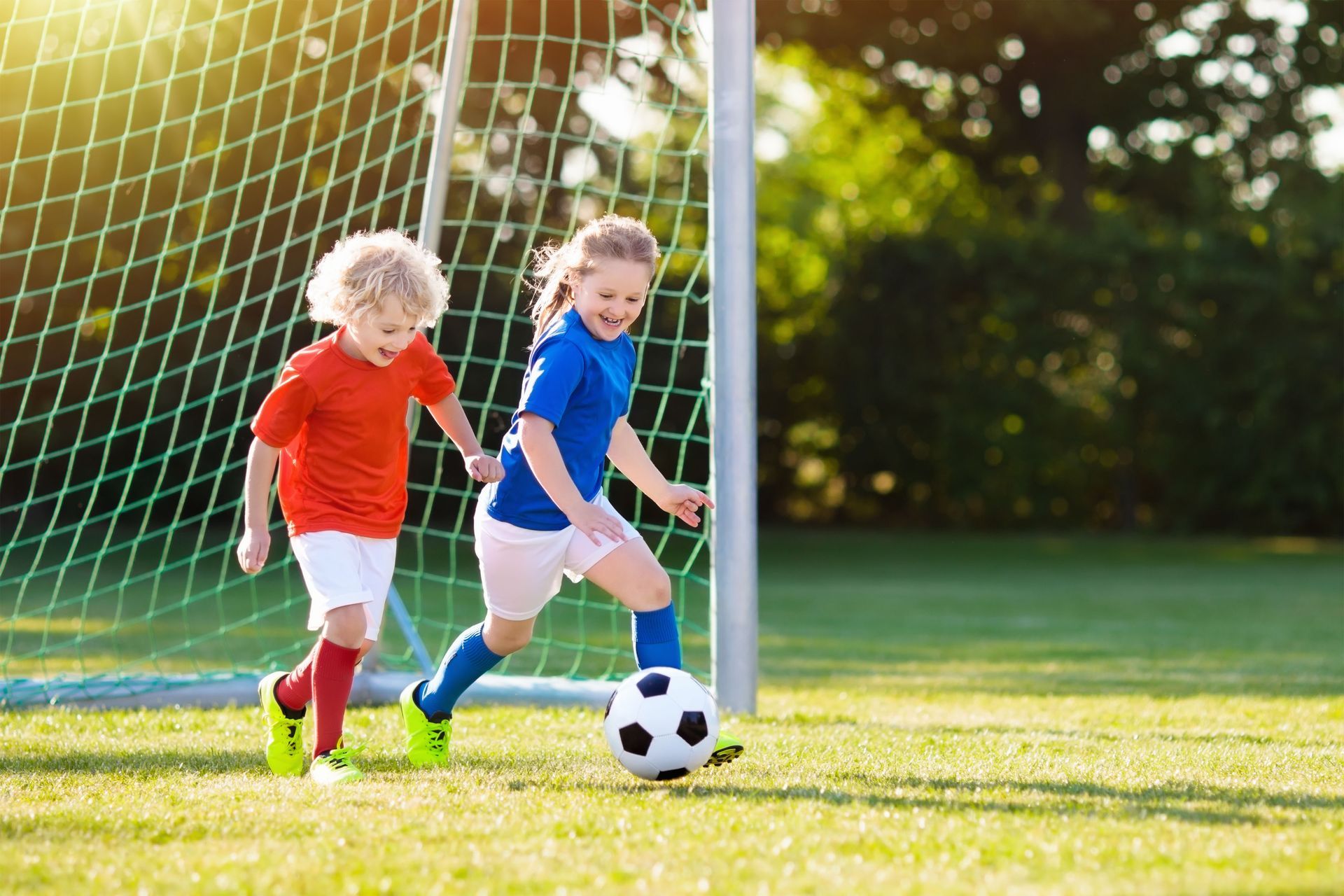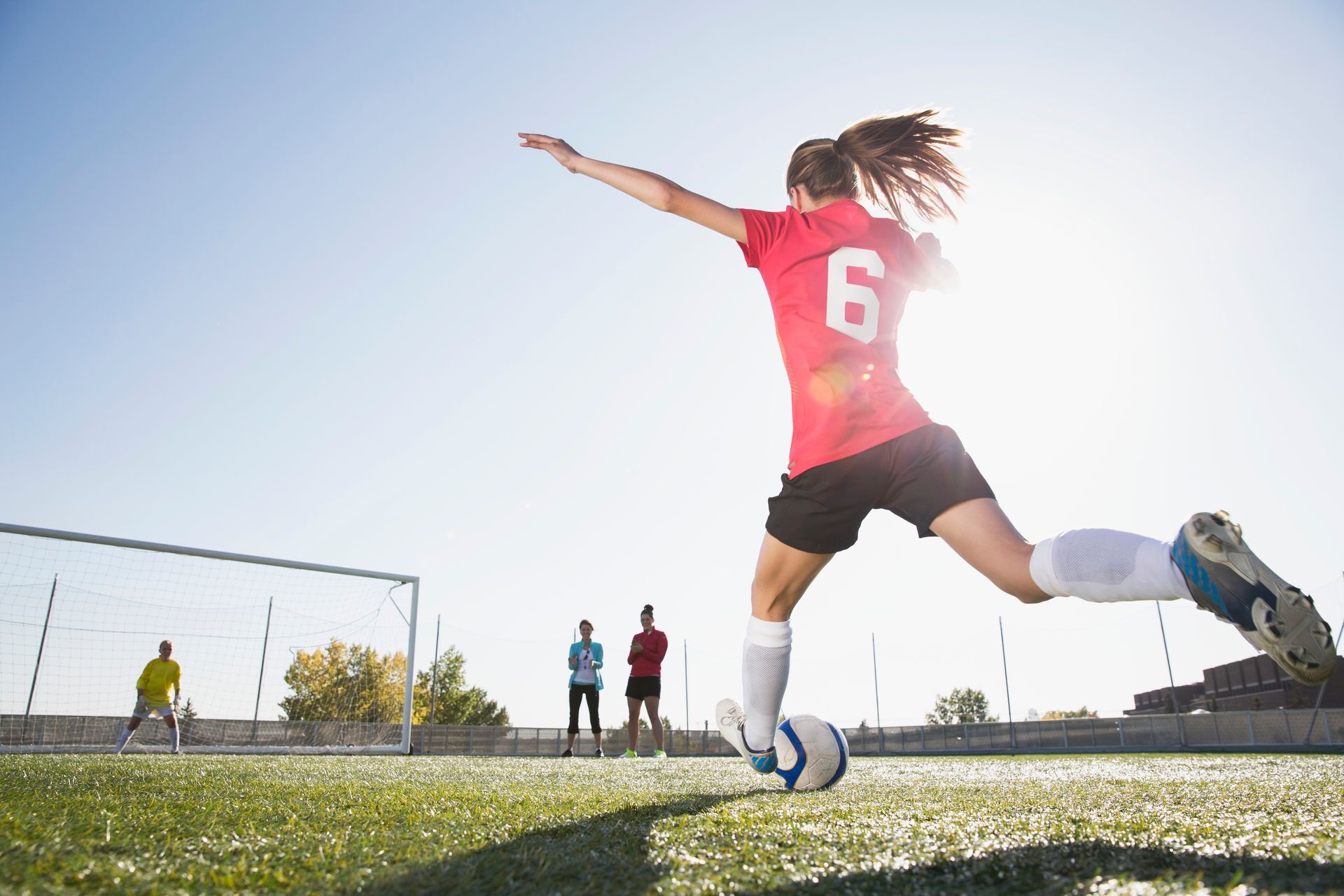How to Choose the Right Soccer Cleats for Your Playing Style
The world of soccer is vast and competitive. According to SoccerNovo, soccer is played in more than 200 countries worldwide. Within this global sport, a player's choice of gear, particularly soccer cleats, plays a crucial role in performance. The right pair of cleats can enhance agility, provide better grip, and reduce the likelihood of injury.
Understanding how specific designs cater to particular playing needs is essential. Cleats are engineered with different stud configurations and materials to suit various field conditions. Selecting cleats that align with your playing style can distinguish between optimal performance and struggle on the field.
This article delves into the intricacies of choosing soccer cleats from a local soccer store that harmonize with your style and needs. Knowledge about personal playing style, cleat types, and fit is vital. By understanding these factors, players can make informed decisions, enhancing both their comfort and effectiveness on the field.
1. Personal Playing Style
1.1 Your Playing Position
Firstly, your playing position on the field is the first step in determining the right cleats. Defenders, midfielders, forwards, and goalkeepers all have different needs based on their roles. Defenders require robust cleats for tackling, while forwards need lightweight, agile footwear for agility. Midfielders often need a balance between both. Accurate identification of your playing role aids in selecting features that complement your needs.
1.2 Key Attributes of Different Positions
The demands of each position vary significantly. Defenders rely on cleats with enhanced stability and traction, given their need to tackle and mark opponents effectively. Midfielders benefit from cleats that offer great control, allowing for quick transitions between offense and defense. Forwards, on the other hand, prioritize speed and need footwear that aids in explosive runs. Finally, goalkeepers require shoes that provide good grip and allow for swift lateral movements.
1.3 How Playing Styles Influence Cleat Choice
A player’s style influences their need for specific cleat features. Those who prioritize dribbling and agility might opt for lightweight cleats that enhance speed. Conversely, aggressive tacklers may look for robust designs that offer ankle support and protection. Understanding these nuances allows players to select cleats that enhance their natural abilities on the field.
1.4 Your Movement and Technique
Consider how your unique movements impact cleat selection. Players who favor quick directional changes require cleats with advanced traction. Those with a knack for ball control should seek cleats with textured surfaces to ensure precision. Analyzing your technique can provide insights into footwear choices that align with your playing style, crucial in optimizing performance.
1.5 The Role of Personal Preference
Even with a technical understanding of cleats, personal preference plays a significant role. Some players prioritize style and brand aesthetics, while others focus on function. Comfort and familiarity with a particular design often guide individual choices. Ultimately, balancing technical suitability with personal preference is key in finding the perfect soccer cleat from a local soccer store.
2. Types of Soccer Cleats
2.1 Firm Ground (FG) Cleats
Firm Ground (FG) cleats are designed for natural grass surfaces. They feature molded studs that provide traction on firm, dry pitches. Players who frequently play on standard fields benefit from these versatile soles. Their construction allows for excellent grip and stability in most weather conditions. FG cleats are often considered the all-rounder choice in soccer footwear from a local soccer store.
2.2 Soft Ground (SG) Cleats
Soft Ground (SG) cleats are tailored for wet, muddy fields where traditional cleats might slip. They come with longer, interchangeable studs that penetrate deep into the ground. These cleats provide exceptional grip and are favored in regions with frequent rain. They're not suitable for hard surfaces due to potential discomfort. Investing in SG cleats helps maintain performance in less than ideal field conditions.
2.3 Artificial Ground (AG) Cleats
With the rise of artificial pitches, Artificial Ground (AG) cleats address the specific needs of synthetic surfaces. Their soleplates are designed to disperse pressure evenly, minimizing injury risks. These cleats often feature a large number of shorter, more uniformly distributed studs. As synthetic fields gain popularity in urban areas, AG cleats have become an essential consideration. Their design specifically prevents wear and tear on artificial grass blades.
2.4 Indoor and Turf Shoes
Indoor and turf shoes cater to non-grass surfaces. For indoor play, flat soles with more grip patterns are essential for ensuring stability. Turf shoes, meanwhile, have numerous small studs suitable for carpeted or short-pile artificial turf. These are vital for players transitioning between different types of surfaces quickly. Proper footwear is crucial in these environments to ensure safety and maximize performance.
2.5 Hybrid Cleat Options
For those frequently alternating between playing surfaces, hybrid cleats from a local soccer store offer versatility. These models combine features from FG, SG, and AG cleats. They provide an adaptable soleplate suitable for various field conditions. While they might not excel in extreme conditions, they offer a balanced performance for general adoption. This type is ideal for players wishing to invest in a single pair for different pitches.
3. Fit and Comfort
3.1 The Right Fit
A precise fit is foundational to comfort and performance in soccer cleats from a local soccer store. Ensuring a snug fit minimizes the risk of blisters and discomfort. Accurate shoe sizing is crucial; trying on cleats later in the day can account for natural foot expansion. Players should consider specific areas such as the arch, heel, and toe space. Proper measurement and fitting lead to better foot support and play experience.
3.2 Best Foot Shape
Different cleat brands and models come with various lasts, designed for different foot shapes. Recognizing whether you have narrow, wide, or neutral feet can guide your selection. Cleats are built on different lasts to accommodate these shapes, providing custom-like fit and comfort. Trying multiple pairs helps in identifying the last that suits your foot type best. Choosing the right last can greatly enhance both comfort and gameplay.
3.3 Comfort Features and Cushioning
Soccer cleats now integrate various comfort features to enhance wearer experience. Internal padding, cushioned insoles, and ergonomic designs add layers of comfort. Such features can reduce friction and pressure points, crucial for long matches. Selecting cleats with optimal comfort elements reduces fatigue and enhances focus. Players should prioritize these features for improved endurance and overall experience.
3.4 Break-in Periods and Adjustment Tips
Breaking in cleats is an essential process, ensuring they conform to your foot for optimal fit. Gradual wear helps soften initial rigidity, preventing discomfort during matches. Wear them around the house or during practice sessions to speed up this process. Flexing the sole and adjusting laces frequently helps mold the cleats. Starting with manageable play durations can aid this transition effectively.
3.5 Special Considerations for Wide or Narrow Feet
Players with wide or narrow feet might face challenges in finding appropriate cleats. Brands offer lines specifically crafted for these foot shapes, solving fit issues. Custom insoles can provide additional adjustments, ensuring precise fitting. Being aware of these available solutions enhances comfort choices. Seeking specialist advice can further aid players in finding perfect fitting cleats.
Choosing the right pair of soccer cleats from a local soccer store tailored to your playing style and individual needs is vital in achieving optimal performance on the field. Assessing personal play habits, understanding cleat types, and ensuring fit and material suitability contribute greatly to this process. Contact Boston Soccer Shop today for more information.



Share On: